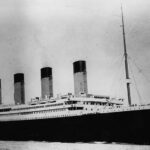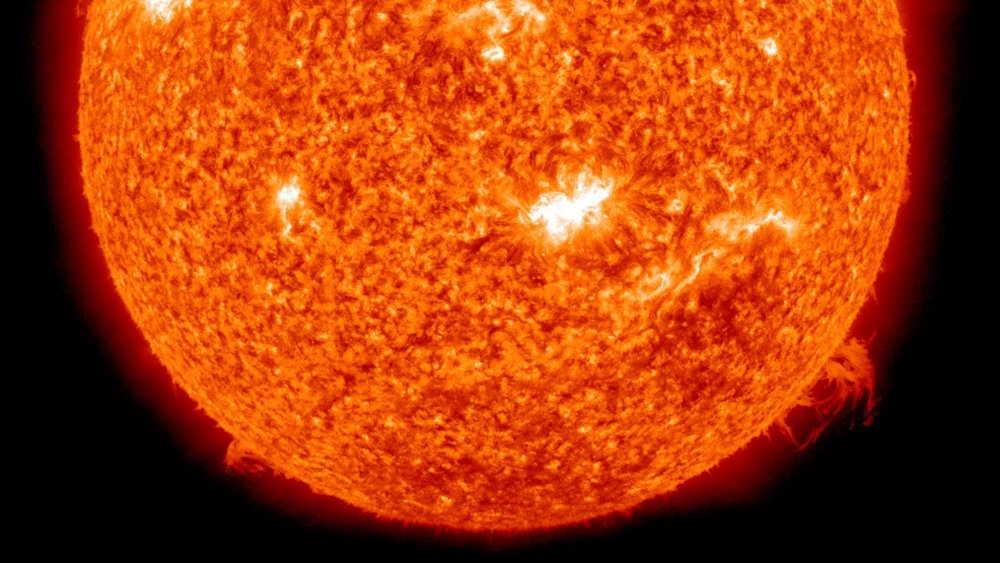
There’s Proof That An Iceberg May Not Have Sunk The Titanic
The sinking of the Titanic on 15 April 1912 is remembered more than a century later as one of the biggest disasters in history: the hubris of the vessel nick-named “The Unsinkable” burst by a collision with an iceberg, and the deaths of 1,496 people on board. As well as serving as the subject of one of the highest-grossing movies of all time, the incident has come to serve as a metaphor for blunders that occur on an unimaginable scale, and for disasters that we should have had the foresight to avoid.
But now it turns out that the proverbial iceberg may not, in fact, have been the only cause of the Titanic ending up at the bottom of the Atlantic Ocean. A new investigation into the circumstances of the disaster by the US independent researcher Mila Zinkova has unearthed some major new insights into what happened that day, featuring magnetic storms, explosions on the sun, and malfunctioning machinery which may change the famous tale of the sinking of what was then the world’s largest ship for good.
Was the Titanic sunk by solar flares?
Zinkova’s new paper, titled “A possible role of space weather in the events surround the Titanic disaster,” and published in Weather, the journal of the Royal Meteorological Society, postulates that it wasn’t solely the iceberg which was responsible for one of the deadliest maritime fiascos in history. Rather, Zinkova argues that her key finding that, on the day in question, the northern hemisphere was in the midst of a “moderate to severe” magnetic storm. Magnetic storms are the result of major nuclear reactions on the surface of the sun, according to NASA, which cast waves of magnetic energy towards earth in the form of solar flares.
Zinkova states: “A negligible compass error, which might have resulted from the storm, could have placed the Titanic on the collision course. The geomagnetic storm might have been partly responsible for the incorrect calculation of the Titanic’s SOS position in both direct and indirect ways by influencing the compass, and by adding to the stress level of the navigators who performed the calculations.” The effect of such magnetism is highly localized, and Zinkova points out that the SOS signal given by the Titanic plotted their co-ordinates wrongly. However, the rescue ship Carpathia may have been under the same magnetic conditions, as evidence that the craft miraculously made it to the site of the sinking ship, saving many lives.

The Unexpected Grave At The Top Of A Ski Slope

World Leaders Keep Giving Putin These Unusual Gifts

What The Bible Really Says About Adultery

How Louis Armstrong's Lips Were Affected By His Playing Style

The Untold Story Of The Videotape Format Wars

Secrets The Olympics Doesn't Want You To Know

Here's How Much Godzilla Would Weigh According To Scientists

What Murder By The Coast Failed To Tell You About The True Story

The Strange Death Of Iron Butterfly's Philip Taylor Kramer

What It's Like To Work On The Floor Of The Stock Market
























